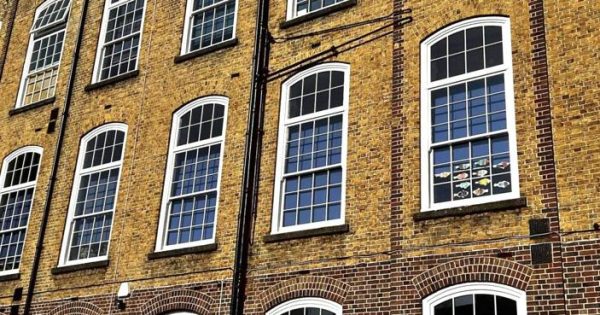Fri Nov 3
Windows are not just about aesthetics and natural light; they play a crucial role in sound insulation, an essential factor for peaceful living, especially in urban environments.
Understanding the materials and design aspects that contribute to effective soundproofing can greatly enhance the comfort of your building.
In thus post, we’ll be exploring how you can make sure your new windows, whether heritage or traditional, are sound proof.
Materials matter
The first line of defence against noise is the material of your windows.
Double-glazed windows, where two panes of glass are separated by an air gap, are particularly effective in reducing noise.
This is because the air gap acts as a buffer, dampening external sounds.
For those living in especially noisy areas, triple glazing, with its additional pane and air gap, offers even greater sound insulation.
Frame and seal integrity
The construction of the window frame and its seal integrity are also pivotal.
Frames made from materials like uPVC and well-sealed edges prevent sound leaks, enhancing the soundproofing capability of the window.
A poorly fitted window, regardless of the glazing, can significantly reduce its effectiveness in blocking noise.
This can be achieved with draught proofing.
Specialised Glass Options
Laminated glass is another excellent option for noise reduction.
This type of glass has a layer of plastic between the glass panes, providing an additional barrier to sound.
Its structure not only insulates against noise but also adds to the safety and security of the window.
Design Innovations
Beyond materials, window design and decorations play a role.
Timber tilt and turn windows, for example, offer versatility in ventilation while maintaining sound insulation when closed.
The design of the window can also be customised to suit specific needs, such as thicker glass for the lower pane in a sash window, which is often closer to noise sources.
In conclusion, choosing the right window system can significantly impact the tranquility of your building.
From selecting appropriate materials to considering innovative designs, each element contributes to a quieter, more serene living environment.





